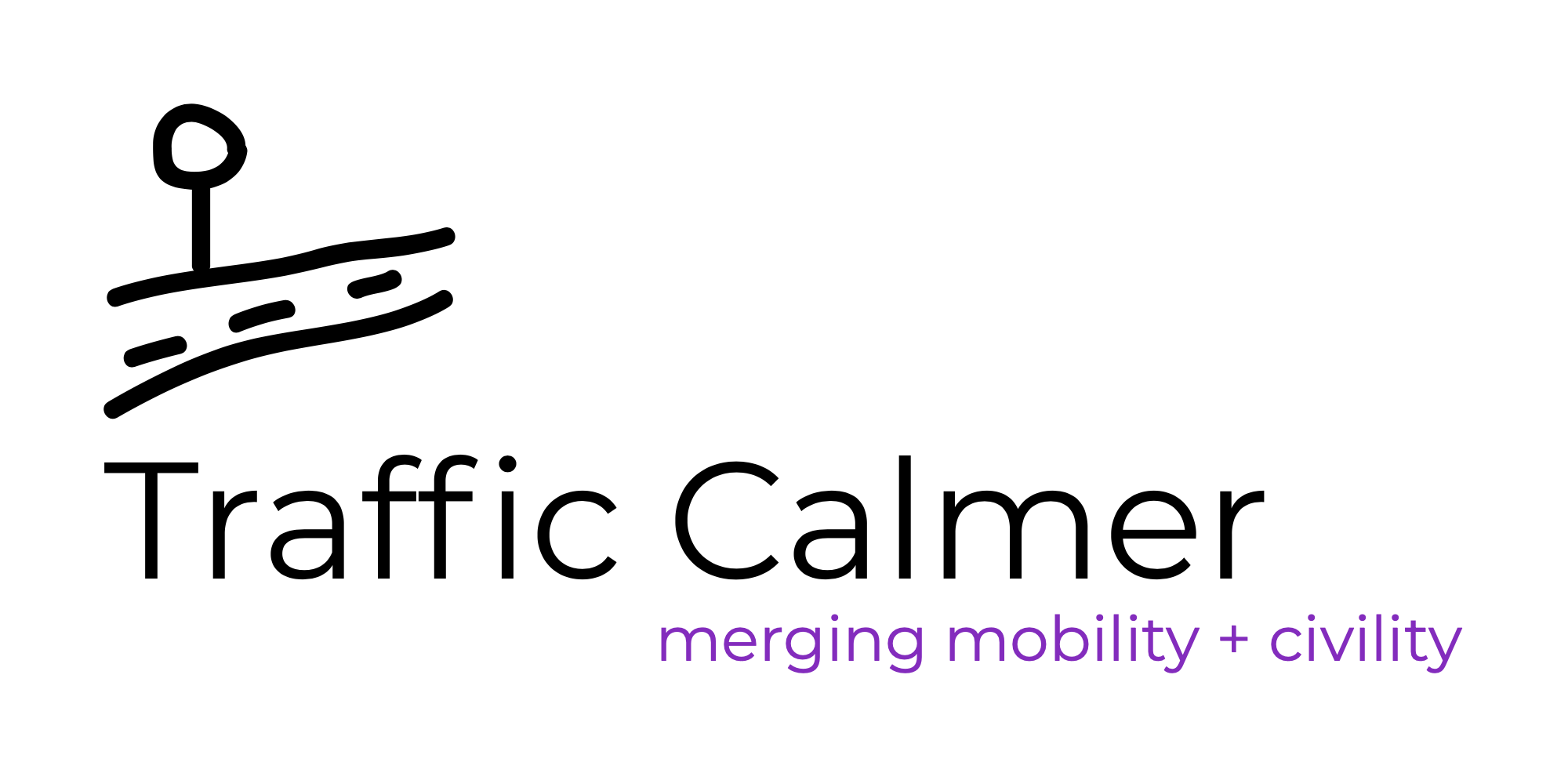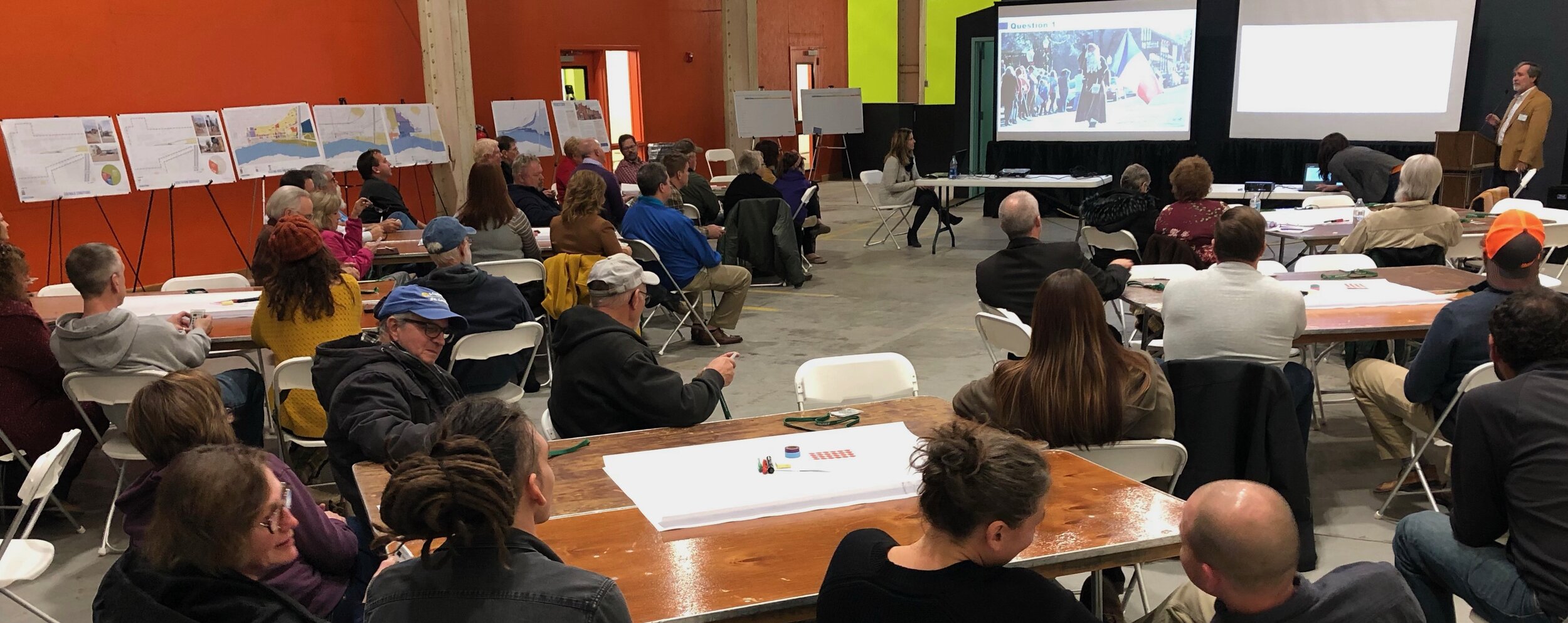Green mobility, post-pandemic
As I stare out my window, socially distant from the world, I see walkers, joggers, runners, and cyclists. I do not see a lot of cars, but I do hear a lot of sirens. I am left to ponder how green mobility can make a better world to come.
Public health
Clearly public health is now being viewed in a new light. The coronavirus is demonstrating that we are all in this together — rich or poor, urban or rural, progressive or regressive. I feel a certain amount of schadenfreude towards my friends who have decamped to their country homes and are met with hostility by the locals. Likewise, horror at the number of people who will surely die because our public health system is simply not equipped.
How does this relate to green mobility?
Green mobility could be part of public health. At present, green mobility falls under the infrastructure umbrella. The problem is, it is a very small part of infrastructure. And it does not have that many natural constituents. Think about it this way: infrastructure projects are mostly touted as increasing safety, producing jobs, or expanding markets. Why do we have so many limited access highways? Because they are relatively safe, require lots of labor to build and maintain, and provide access to new developments. Nary a bike lane or sidewalk does this.
But what bike lanes and sidewalks do is provide access to parks. They provide for “active transportation”. [Can someone please come up with a better term?] They allow people to exercise outside of a gym. Wide sidewalks allow socialis remotus perambulation. Wide bike paths allow couples to cycle side by side and parents to cycle with their children. A friend thanked me for all the new bike lanes — his only source of exercise during the pandemic.
Walking and cycling better one’s physical and mental health. Simply taking a walk can reduce hypertension, diabetes, anxiety, and depression. There is a about to be a lot more discussion of the role of public health. And calls for additional funding. Our challenge will be to ensure that green mobility rides public health’s coattails.
the walk to the beach
Digital outreach
The digital revolution is now complete. In a few short weeks we have figured out how to, and gotten over our inhibitions toward online school, tele-medicine, virtual conferences, beach scenes as video conference backgrounds, and working from home in pajamas. Sure, there have been hiccups, privacy concerns, and issues of equity, but I do not think we are returning to analog.
How does this relate to green mobility?
Outreach. I’ve been involved in hundreds of “outreach” efforts over my career. Most were lousy. I remember reviewing a project report which contained the sign-in sheets for the public outreach effort. One sheet was entirely blank, save the note stating that no one showed up. I remember another public meeting that was co-opted by a zealot in a yellow dress who shouted over everyone while being videotaped. I cannot decide which was worse.
Fortunately, I’ve also been involved in a number of outreach efforts that used technology to a) manage the conversation, and b) expand the audience. I recall a recent public meeting (organized by Design Workshop for East West Gateway) that effectively used electronic polling to steer the discourse. An older gentleman approached me at the end and exclaimed this was the most civil public meeting he had ever attended. In another effort, the preferences exhibited in online polling after the meeting were clearly different than during the meeting.
The knock on digital outreach is that not everyone has high speed internet and a computer. True enough, but I think what we have learned is that the solution is to roll out high speed internet everywhere, and give people iPads. Following the Great Depression, we wired almost every house for phone service. There is no reason why we cannot do the same now for internet. I want to get everyone up to speed, not dumb everything down.
public workshop with wireless polling
Quiet streets
Fresh air. No traffic. Jogging in the bike lane because the cyclists are in the car lane. No one honking. Walking to the store for milk because you cross the street safely. Church bells ringing. Birds singing. All side effects of the pandemic lockdown, which has revealed an underlying truth about cities: quiet streets rock.
How does this relate to green mobility?
After this is all over, I want to capitalize on the fact that many people now recognize and appreciate the benefit of quiet streets. Sound, I have found is a useful proxy to evaluate streets. Sound levels mirror traffic levels. Sound levels spike when a truck, motorcycle, or speeding car passes by. Sound levels are lower on streets with trees. Sound levels are lower the farther you are from the source.
In the wake of the pandemic, there is going to be a big push to rethink urban areas. I propose sound levels as street design criteria. Quiet = good. Noisy = bad. Green mobility would benefit as all the things we push for—trees, bike lanes, lower speeds, no idling—are quiet. Pedestrian plazas and tree-lined promenades would score high. Traffic sewers and hard, reflective surfaces would score low. Maybe it is just that simple.
Turn your phone into a sound meter with DecibelX and measure the noise yourself!
a quiet street



